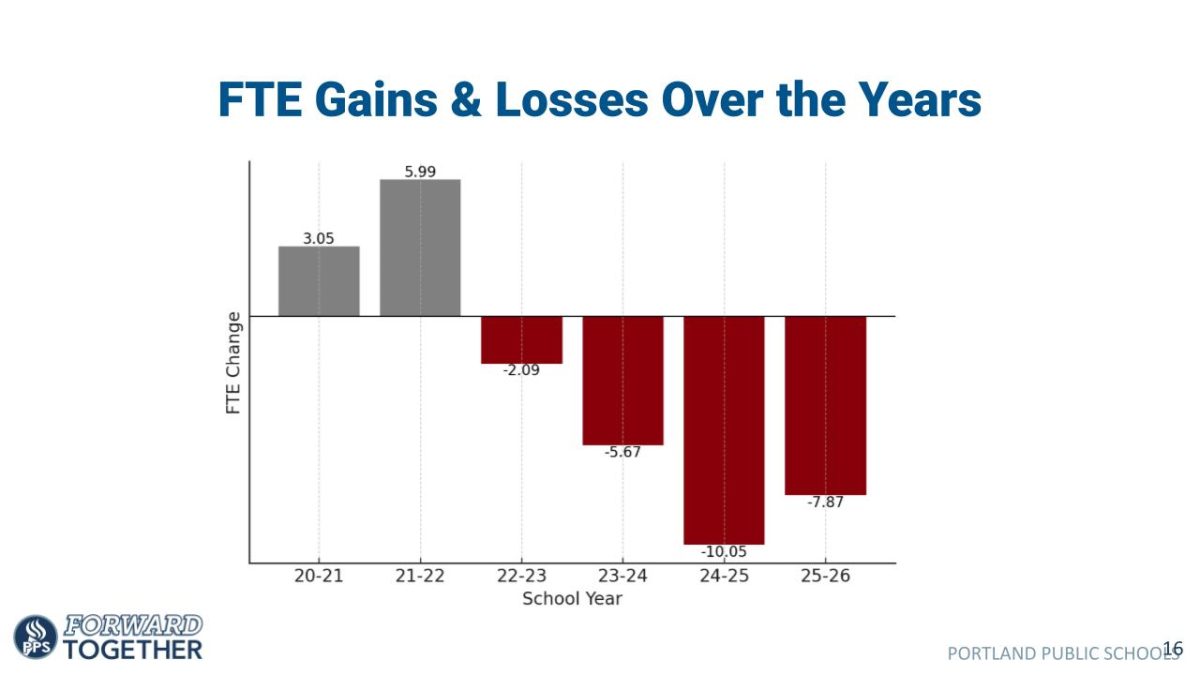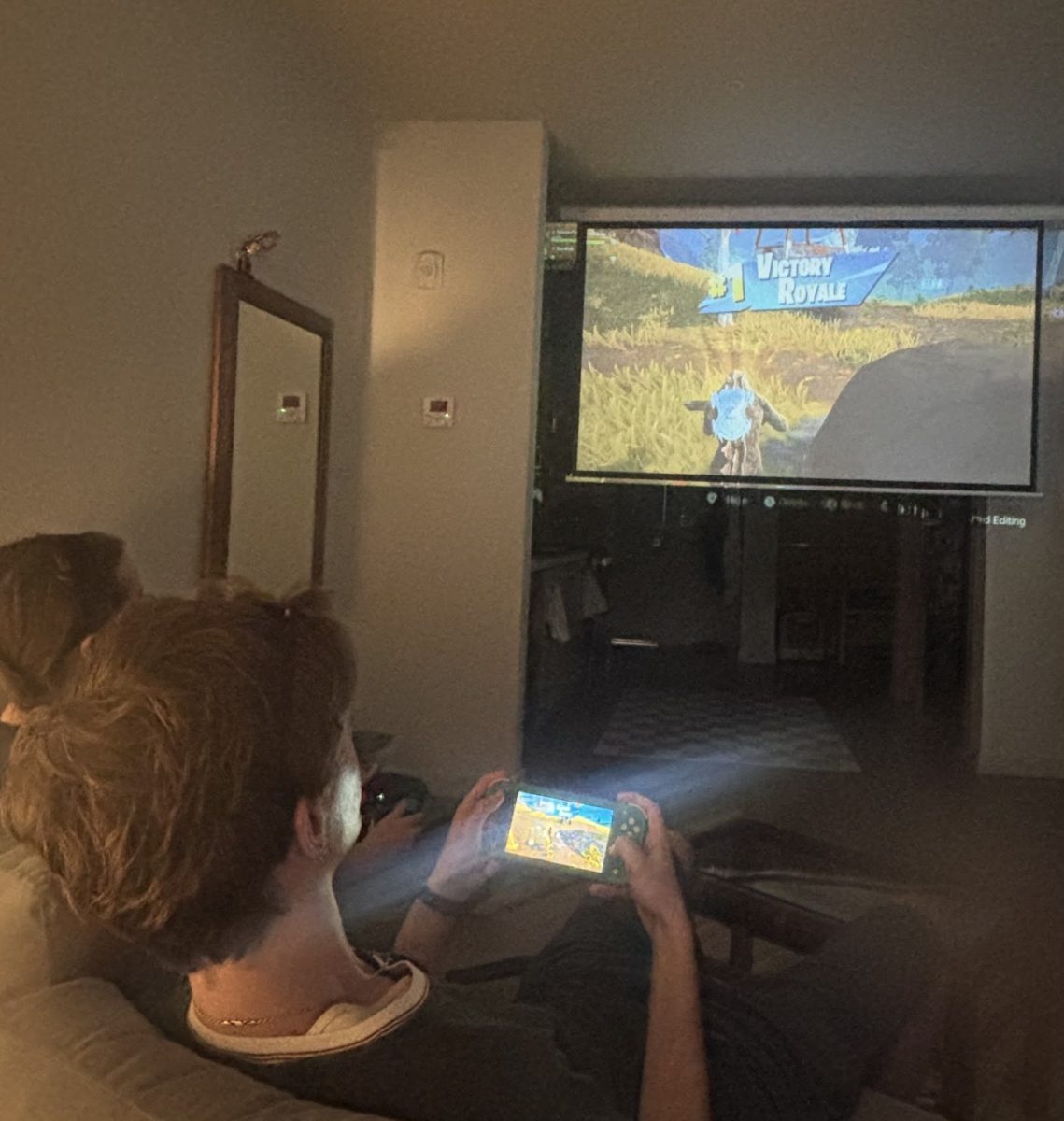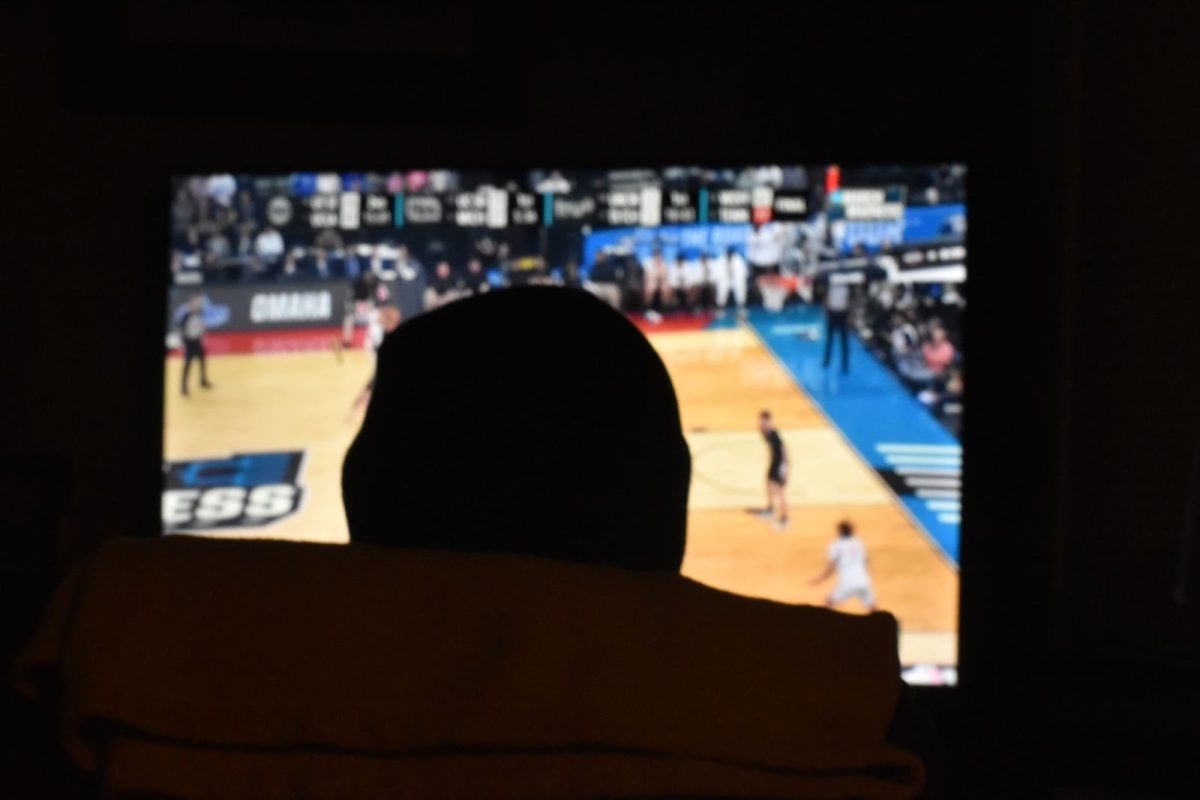Sexism has grown deep roots in almost all aspects of our world. It finds places to take hold firmly, and that can make it harder to counter. This is why sexism is still visible in many areas of life, one of them being women’s sports. Lacrosse is a sport that extremely differentiates between which gender is playing it, carrying separate rules and, many times, stigma around the importance of men’s versus women’s lacrosse. For both women’s and men’s lacrosse, the game is a team sport played with a lacrosse stick and ball. The sticks have a net to carry the ball, and the object of the game is to score as many points as possible in the other team’s goal. However, in men’s lacrosse, the game is a contact sport which completely alters the gear needed and nature of the game.
Becca Luedemann, the Cleveland High School women’s lacrosse coach, speaks about disparities in women’s lacrosse. The difference between rules in men and women’s lacrosse is very drastic, ranging from uniforms to the size of the pocket on a lacrosse stick. “Skirts have been a part of the sport for such a long time,” Luedemann says, “I played all of my eleven years in skirts.” Skirts can be uncomfortable, and they don’t give players enough room to run properly.
“There was definitely a difference between how tough you had to be, or how pretty you had to look,” Luedemann explains. “That’s just how the game was set up.” During Luedemann’s coaching experience at Cleveland, the skirt requirement for a uniform has been lifted. However, inequalities in the sport can be found in many different places, even in a seemingly progressive city like Portland.
In our district, the Portland Interscholastic League (PIL) youth track team at Cleveland High School gets field priority over the varsity women’s lacrosse team. Delilah Semro, a sophomore at Franklin, plays lacrosse at Cleveland. Semro explains her experience, saying, “I see sexism within lacrosse because of the inequalities women’s lacrosse has with men’s lacrosse, it’s the same sport yet has very few similar rules.” She states, “The violence and physicality of the two are completely different and there’s no reason why besides gender.” If women were provided with pads and helmets and were allowed to play contact, the game would become more equal, and women who play lacrosse would have a choice.
“I would say the largest way that sexism manifests itself today, is in terms of the stigma,” Solėne Curren, a lacrosse player at St. Mary’s Academy, states. “I get a continued response when I say I play lacrosse, it’s either, ‘wow, you must be strong from getting hit all the time,’ or from the ‘more educated’ folk, ‘that’s barely even a sport compared to men’s lacrosse’.”
In terms of disparities in resources or treatment, Curren believes: “When the average person pictures a lacrosse player, they often picture a man, in full protective gear, full of aggression and strength. I see my teammates walk into school covered in lacrosse bruises; I know that those girls are nothing but strong.” Curren sees the amount of hard work that goes into her sport everyday, and misogyny doesn’t fail to diminish or deteriorate it when possible. Even at an all girls academy, there are still areas for improvement. Curren explains, “Unfortunately, when women in lacrosse are talked about, they are automatically deemed as weaker due to the difference in rules and regulations that keep us ‘safer’.”
Sexism is a box created by men for the benefit of men, but in our modern society, it’s only beneficial when played into. This is why it’s so important to speak out and push against impossible standards and misogynistic rules. “I envision a future where the heavily sexist past is acknowledged with humility, where education and marketing around the sport is wider spread, and we come to a balance in both sides of the sport,” Curren states.
When talking about sexism, it’s tricky to picture advocating for change in places where it still stands. It’s not as if women lacrosse players are asking to play with men, they are advocating for direct changes in the sport to make it a more equal game for everyone. Hopefully in the future we can see more initiative and strategies to erase the misogynistic mindset behind women’s lacrosse.


































